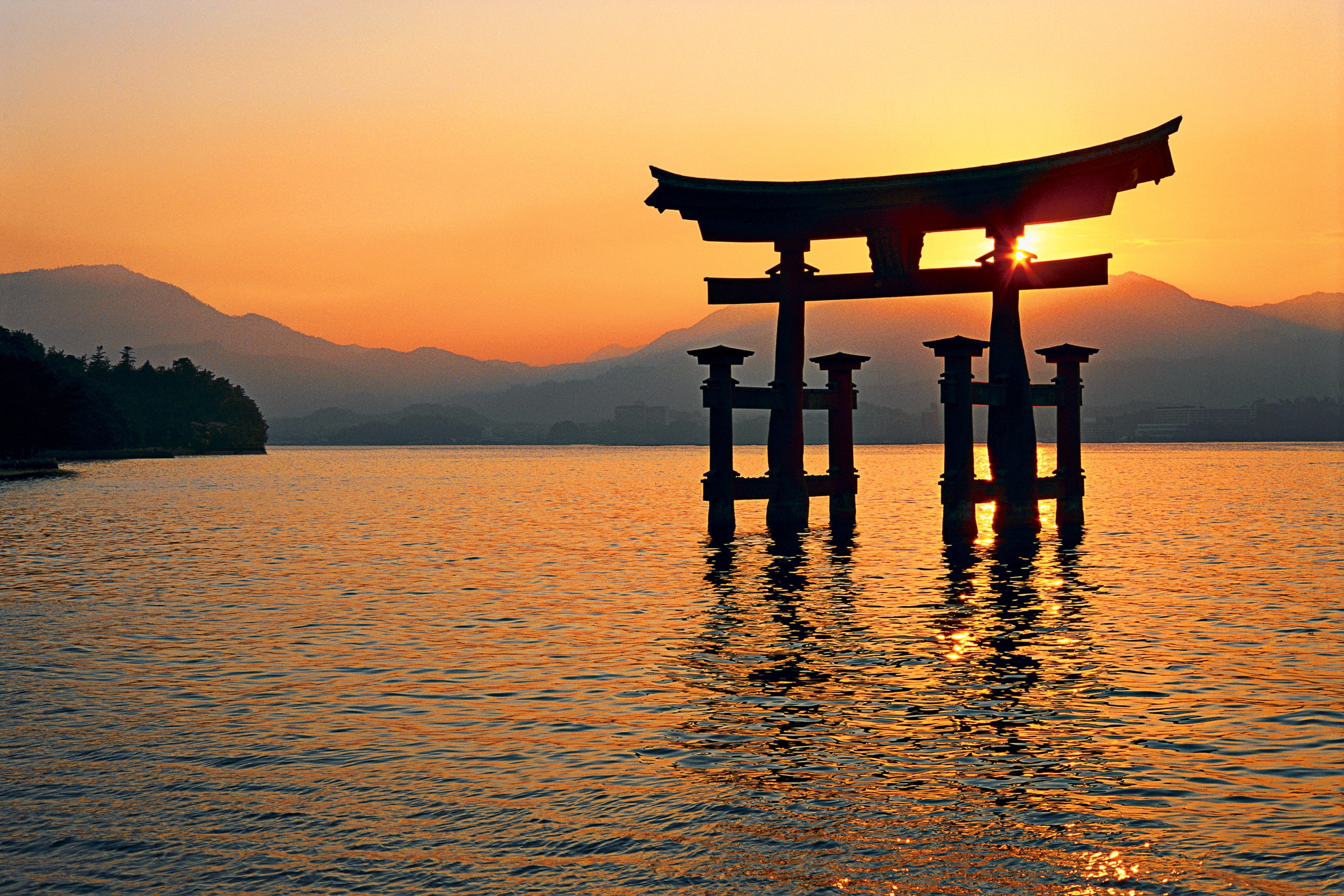
Hiroshima, Japan
Hiroshima, Japan
Description
On August 6, 1945, human history was irrevocably altered when the American bomber Enola Gay dropped an atomic bomb on Hiroshima. The bomb was code-named "Little Boy," but its detonation left half the city in ruins and aflame. Today, Hiroshima is a monument not only to the destructive forces harnessed by men but also to the indomitable will of the human spirit to overcome tragedy. At the heart of the city lies Peace Memorial Park and the Atomic Bomb Dome. The gutted walls of the city's old Industry Promotion Hall and the skeletal frame that supported its copper dome, vaporized in the blast, are instantly recognizable symbols of Hiroshima.
Travelers to Hiroshima will discover a more serene note at nearby Miyajima Island. One of the top-three scenic spots of Japan, the island is home to ancient Itsukushima Shrine, a designated National Treasure.
Points of Interest
- Hiroshima Peace Memorial Park
- Itsukushima Shrine
- Hiroshima Castle
- Shukkeien Garden
- Atomic Bomb Dome
- Bullet Train
- Kintai Bridge & Kikko Park
- Yamato Museum
More about Hiroshima, Japan Points of Interest
-
Hiroshima Peace Memorial Park -
Located on the site of the first atomic bomb explosion of WWII is a park dedicated to world peace. The museum is a memorial for the victims and remains of a dome serves as a reminder of the devastation.
-
Itsukushima Shrine -
A popular postcard image, this stunning red entrance gate or "Torii" over the water welcomes visitors to its beautiful shrine on a pier located on an island known as Miyajima.
-
Hiroshima Castle -
Destroyed in the atomic bombing of WWII, this 16th-century castle was rebuilt in 1958. The original castle has been designated a National Treasure. Explore the museum on pre-war Hiroshima.
-
Shukkeien Garden -
Created in 1620 for a feudal daimyo, this garden of miniature landscapes features forests, valleys and mountains. Stroll the pathways by trickling streams and serene ponds to its tea houses.
-
Atomic Bomb Dome -
The skeleton of a dome from built in 1915 still stands memorializing the A-bomb drop at its epicenter. Amongst otherwise complete destruction, part of a wall and its dome's steel frame remained, a designated UNESCO World Heritage Site.
-
Bullet Train -
Japan's Shinkansen bullet train offers high-speed railway service, reaching speeds up to 186 mph and used by millions of people, linking most of the major cities on the islands of Honshu and Kyushu.
-
Kintai Bridge & Kikko Park -
Kintai is one of Japan's three great bridges; the wooden structure measures over 700 feet in length. Cross the bridge to reach Kikko Park which was the former home of Daimyo Kikkawa and today is home to the reconstructed Iwakuni Castle.
-
Yamato Museum -
The facinating history of the Yamato, one of the largest battleships ever built, is illustrated in this museum where you can also see an authentic Zero fighter and a Kairyu submarine whose suicide mission was to plow into enemy ships.